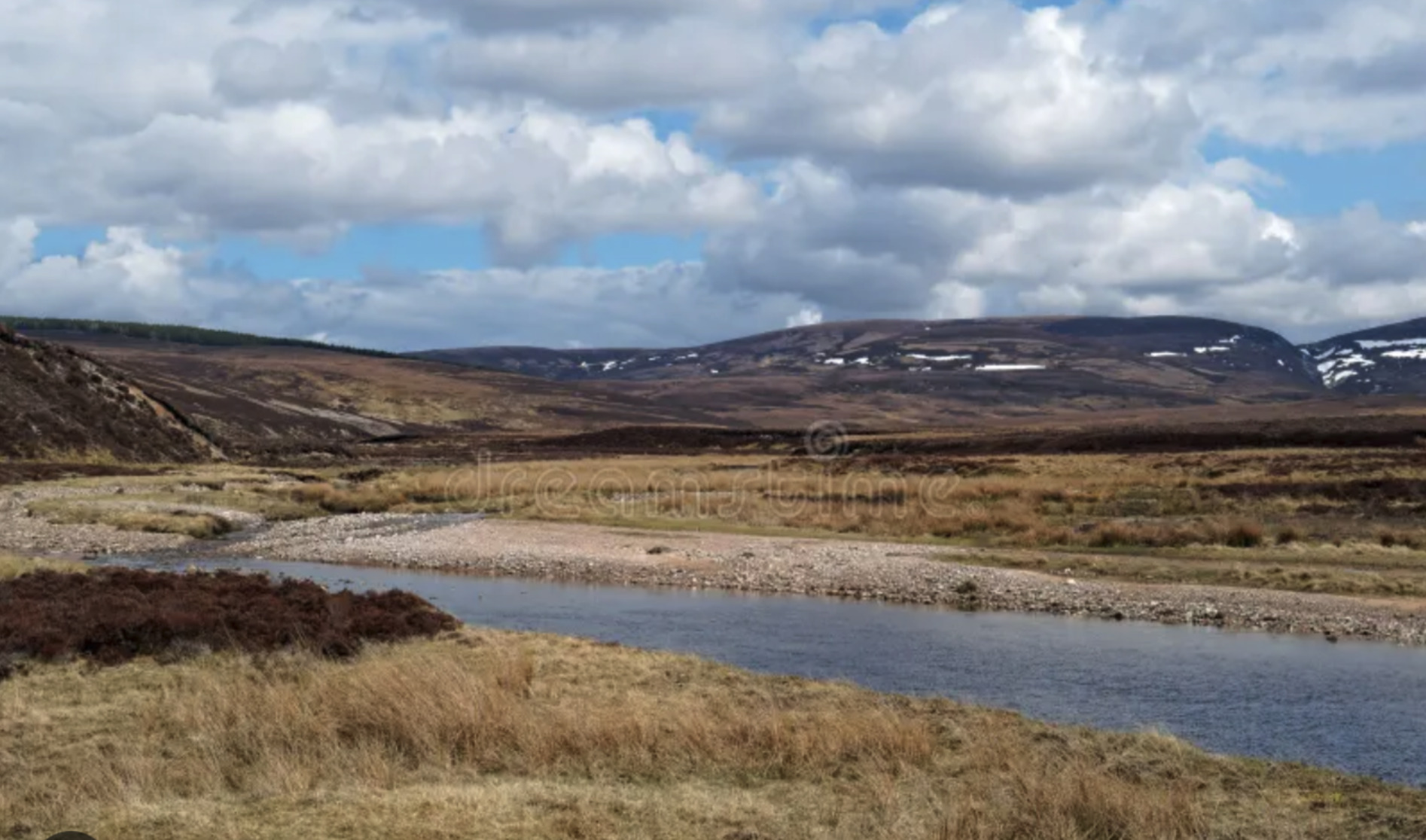Restoration of riverbank woodlands
A riverbank woodland consists of trees and woods and is typically found along the banks of rivers, streams, burns, or lochs, which are freshwater environments. They are woodlands that are influenced by river processes such as recycling nutrients, storing carbon, and regulating water flow. In turn, these woodlands influence the river and its freshwater habitat.
Rivers and the marine environment
Marine ecosystems are associated with saltwater environments, such as oceans and seas, where marine life thrives. In contrast, a riverbank woodland includes trees and woods and is typically found along the banks of rivers, streams, burns, or lochs, which are freshwater environments.
However, the health of riverbank woodlands is interconnected with the health of rivers, estuaries, and ultimately, the ocean and the marine ecosystems within. Maintaining and restoring these ecosystems is crucial for sustaining the ecological balance of both freshwater and marine environments and promoting overall environmental resilience.
The connection between marine health and the riverbank woodland is even larger when the project is part of a larger tidal estuary, where freshwater from rivers and streams meets and mixes with saltwater from the ocean.







Marine benefits
- Nutrient cycling for rivers, influencing coastal nutrient dynamics.
- Reduce sediment runoff into the ocean.
- Natural filters, improving water quality before it reaches the ocean.
- Habitat for species that move between freshwater and marine environments.
- Biodiversity preservation, eg. Wild Atlantic Salmon (eggs).
- Sequester carbon and enhance resilience to climate change.
Riverbank woodland threats
- Commercial afforestation.
- Over-grazing.
- Pollution.
- Introduction of invasive exotic species.
Project location?
For now, we offer this type of restoration project in Scotland, United Kingdom, where native woodlands have come under a range of threats. Riverbank woodlands are no exception to this trend and often face unique pressures due to their relationship with the watercourse.
We are taking action to create, restore, and improve the quality of riverbank woodlands, with the end goal of protecting and improving the health of our ocean. Common actions include planting appropriate native species, fencing the area to protect it from grazers, and inserting large wood material into the water.






